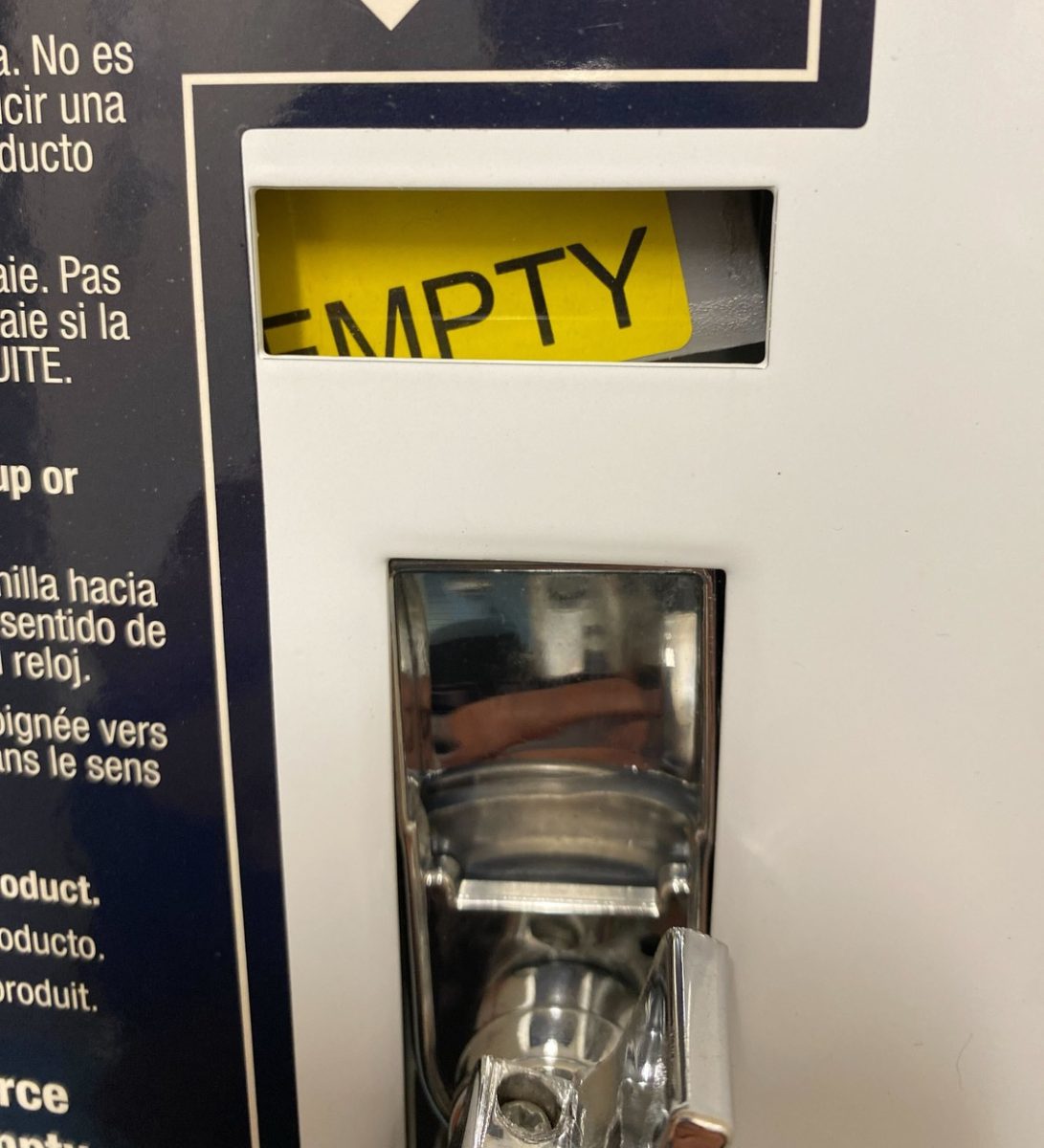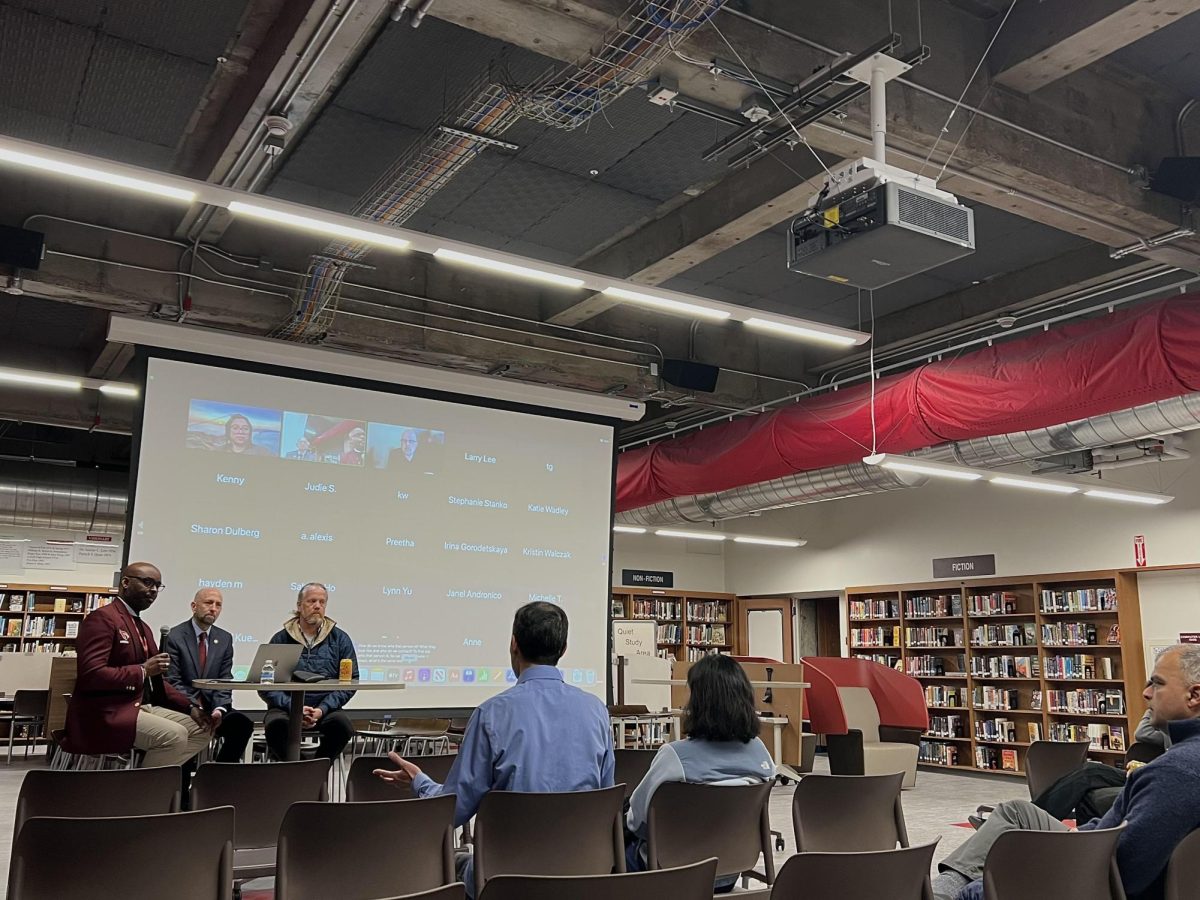By Michelle Wong
Originally published on December 12, 2014
They teach their subjects. They write recommendations. They almost went on strike, but didn’t.
The teachers’ union, United Educators of San Francisco, and the district reached a tentative agreement on Nov. 24 after nine months of contract negotiations. The union ratified the agreement on Dec. 11 with a 78.3 percent “yes” vote.
“I feel like essentially every time we negotiated, they were saying, ‘Can’t you see that there’s not enough money for you?’”
This financial agreement is one of the largest recent teachers’ contracts in the state of California, according to UESF and the district, and is one step towards helping teachers to afford to live in San Francisco, one of the most expensive cities in the country.
What’s the agreement and how was it reached?
The new contract includes a 12 percent salary increase for all UESF members over the next three years. It also includes a statement that re-opens the negotiations on salaries if district revenues exceed projections in next year’s budget.
The district and UESF have been negotiating the next three-year contract since February. In fall 2013, the members of UESF voted that a salary raise would be their number one priority in the negotiations, according to AP Environmental Science teacher Katherine Melvin, who is a Union Building Committee Co-Representative, High School Committee Co-chair and Member of the UESF Bargaining team.
Teachers have not had a raise for eight years.
UESF initially proposed a 21 percent raise over three years. The district counter-proposed that the numbers from their budget could only afford an 8 percent growth over three years.
Both the union and the district used state projections of income to the district to set their initial raise offers. The district initially used a more conservative number issued by the state that assumes a worse scenario, while the union used a number issued by the state based upon current growth, according to Melvin.
Melvin said the district income increase could have funded more than the raise agreed upon, but money was allocated to other projects.
Before the agreement was reached, the union had voted to authorize a vote on a strike. On Aug. 14, 87 percent of SFUSD teachers attended a general membership meeting at George Washington High School and 99 percent of the teachers present voted “yes.”
What happens now? What was at stake?
The Board of Education is expected to approve the contract on Dec. 12.
Teachers will not get the 12 percent salary increase all at once.
All UESF members will first receive a check equivalent to 2 percent of the past six month’s salary. The rest of the increments will be added every six months over three years.
At the end of school year 2017, the compounded raise will total 12.61 percent over each members current salary, according to Melvin.
All of the non-monetary terms, such as the proposals on the increase of elementary school teacher prep-time, will go into effect immediately.
A statement in the agreement says that if the district gets more money than expected, they will reopen salary negotiations.
If the agreement had not been ratified, the negotiation process would have needed to be restarted. “If the agreement is not ratified, we risk losing all of our accomplishments. The district can choose to keep or lose anything we agreed on and we’ll have to start all the way from the beginning,” Melvin said before the contract was approved.
“I’m being part of two different communities, and I do not spend much time in either of them. I leave the school community very early and I get home very late.”
In order for a larger raise to be possible, the district would have had to unfund other programs, according to Melvin.
District Chief Communications Officer Gentle Blythe did not specify which district programs would be compromised if a higher salary raise is proposed.
The process has been long and strenuous, especially for those on the bargaining team for the union like Melvin. “My negotiations binder is 7 inches thick,” she said. “I’ve attended 40 meetings of negotiation since February and I’ve missed class and time with family for the cause. I feel like essentially every time we negotiated, they were saying, ‘Can’t you see that there’s not enough money for you?’”
What’s not in the agreement?
Despite the salary raise proposal, some of Melvin’s concerns are still not addressed in the proposed agreement, such as helping members with family and health care. “There were a couple of things that were very close to my heart that the district just shot down,” Melvin said. “Some of our members have multiple children and paying health care is very hard. Also, I wanted to propose for teachers to be able to place their child in a school within a mile of their workplace. It makes sense in many ways. ‘I’m not late to work, my child is not late to school.’ But the district just dropped that.”
Before the approval, some teachers said they were not satisfied with the agreement. “Did we get change? Yes. Do I feel it was a level we should be happy with? No, I think we could have done better,” math teacher Alexander Wilson said.
“Did we get change? Yes. Do I feel it was a level we should be happy with? No, I think we could have done better.”
Other teachers believe that a strike would have been costly. “I think in the end we would have lost more, because we would have been without pay for whatever period of time,” member of the Union Building Committee Carolyn Nickels said, “I think if all things are equal we probably got the best deal we could.”
Nickels said that the tentative agreement is the best deal UESF could have gotten regarding the benefits of elementary school teachers and paraprofessionals. “I think a number of objectives or goals were reached during negotiations.” Nickels said. “We have to look at the paraprofessionals who hadn’t had any improvement in their working conditions and their contract and realize that progress was made for them. We also have to look at elementary school teachers who now will enjoy more prep time and more opportunities to meet with other teachers to do common planning. Those are two really important outcomes aside from the salary issue.”
What’s the problem?
Teachers have not received a raise from the District for eight years, according to Melvin. “The only reason we had a raise was because of Proposition A, but the raise we got was from property tax — not from the district,” Melvin said. Passed in 2008, Proposition A, a parcel tax, which is paid by property owners in the city, was meant to increase teacher salaries, to support teachers’ professional development, and to improve technology in schools.
Representatives from UESF stressed the importance of keeping teachers living in the communities they serve, but this goal has become increasingly difficult as the cost of living in San Francisco has been increasing while teacher salary has not. “Around 70 percent of SFUSD teachers and paraprofessionals live in San Francisco, but we really want all teachers and paraprofessionals to be able to stay and work in the city,” UESF Vice President Susan Solomon said.
“I think in the end we would have lost more, because we would have been without pay for whatever period of time.”
AP Chemistry teacher Bryan Marten, who lives in the East Bay, is one of the teachers who have been affected by the affordability crisis in San Francisco. “The entire trip to school takes around 1 hour and 15 minutes, so it is very time consuming,” Marten said. “From my home, I walk 10 minutes to BART, take the 40-minute BART trip, and then at Daly City switch over to the 28 bus up 19th Avenue to Lowell High School. Thirteen years ago, when I lived in San Francisco, I tried to buy a house here, but instead I bought in the East Bay for a number of reasons including because it was more affordable,” he said.
Teachers who live outside the city also have very little time to engage in the community they work in, or the one they live in. “It makes things feel disconnected.” biology teacher Erin Bird said, “I’m being part of two different communities, and I do not spend much time in either of them. I leave the school community very early and I get home very late.”
How can this affect students?
There can be indirect influences on student experience at school. “It is impossible to measure, but certainly, some teachers are not happy with the agreement and might find themselves going home earlier or not staying for clubs,” Melvin said. “Another possible impact is that younger teachers, with the cost of living so high, might move on.”
What would have happened at Lowell in the event of a strike?
If a strike were to occur, UESF will ask schools to close down and the students and parents not to cross the line, according to Melvin. Melvin said that the Union would most likely organize “freedom schools,” gatherings of students in public places like parks to make up for loss of class time.
Before the tentative agreement was made, principal Andrew Ishibashi said that his number one priority is the students’ education and he plans to keep the school open in the event of a strike by hiring substitute teachers.
Now, there’s little to no chance of school being cancelled for a strike anymore. Sorry, kids.


